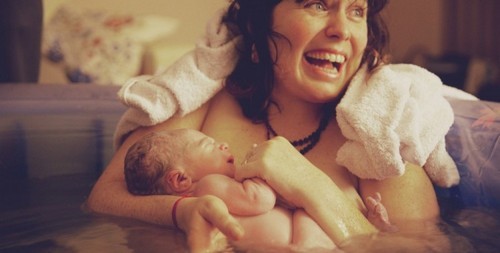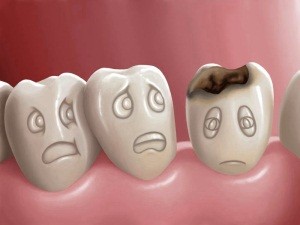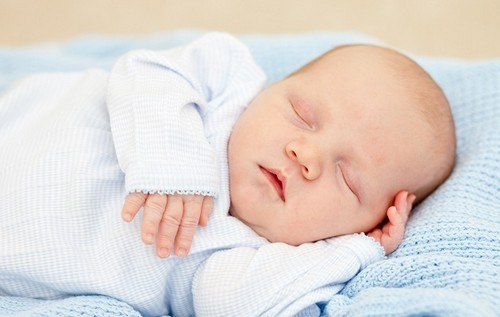The adult body receives the oxygen necessary for life with the help of hemoglobin contained in red blood cells. The fetal blood cells contain another, fetal hemoglobin, which absorbs oxygen received from the mother.
At birth, the baby begins to breathe on its own. Fetal hemoglobin is destroyed, forming bilirubin. Therefore, in a newborn, his blood counts are always high.
What does bilirubin in a newborn say, why its concentration needs to be controlled, every young mother should know. A high content of this compound threatens intoxication, the development of bilirubin encephalopathy, visual and hearing impairment.
What treatment is necessary with elevated values of the indicators of this substance and what can lead to the refusal of parents from medical intervention – let’s see.
What is bilirubin?
Bilirubin is one of the breakdown products of hemoglobin contained in red blood cells. There are two varieties of this pigmented compound. When the life cycle of red blood cells ends, hemoglobin breaks down and is converted into indirect bilirubin. In this case, physiological jaundice of the newborn develops, in which the skin becomes yellowish in the upper half of the body. This is because the hemoglobin of the fetus breaks down quickly and is excreted slowly.
Then bilirubin binds to blood albumin, reaches the liver, where it passes into direct form with the help of biochemical reactions. Direct bilirubin is excreted in the intestines with bile and removed with feces. So the body gets rid of this toxic substance.
The baby’s liver is immature and therefore may not be able to cope with the conversion of indirect bilirubin. In this case, bilirubin in infants in the blood increases sharply, pathological jaundice develops.

Norm in newborns
What is bilirubin in the blood of a newborn? This is a biochemical indicator that should be evaluated only in dynamics. There are special tables where the rate of bilirubin in newborns is painted by day.
| Baby’s age in days | The norm of bilirubin in micromol / l, limiting values |
|---|---|
| 1 | Up to 34 |
| 1-2 | Up to 149 |
| 3-5 | 26-205 |
| 5 and older | 5-21 |
The norm and limit of bilirubin in newborns are not strictly fixed and have significant individual fluctuations. So, the content limit at birth can reach 51-60 μmol / L, then the decay of fetal hemoglobin continues. Therefore, the test for bilirubin in newborns, taken in dynamics, shows its significant growth by 3-5 days of life. Then gradually the indicators decrease.
There is also a table of the rates of various bilirubin in newborns by day. Guided by these data, you can monitor the condition of the baby.
| Age in days | General indicator (μmol / l) | Indirect (linked) | Direct (free) |
|---|---|---|---|
| 1 | 23.1 | 8.7 | 14,4 |
| 2 | 54,2 | 8.7 | 45.5 |
| 3-5 | 90.14 | 7.9 | 82.3 |
| 6-8 | 69.1 | 7.7 | 63.3 |
| 9-29 | 53.03 | 8.7 | 44.3 |
| 1 month | 11.1 | 2.6 | 8.6 |
The norm of bilirubin in a newborn at 1 month is usually about 11 μmol / L, which approximately corresponds to the values in the blood of an adult. But often, with the normal development and well-being of the baby, bilirubin in the blood can range from 9 to 21 μmol / L, even by two months of age. Therefore, the table of bilirubin rates in newborns by months can be reduced to these figures.
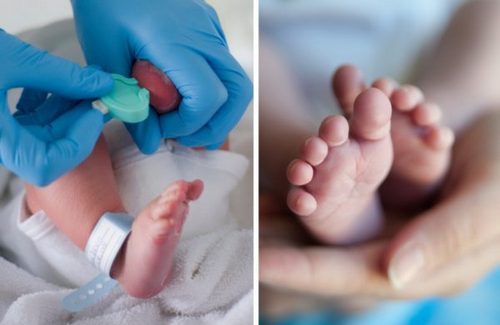
Rules for taking analysis
How to donate blood to bilirubin in newborns? This question is often of interest to young mothers.
There are several features of the collection and analysis of blood for bilirubin in newborns :
- the first analysis is taken immediately after birth, from the umbilical cord;
- to obtain reliable data, you can not feed the child for 3-4 hours before blood donation;
- the analysis is taken by piercing the heel with a special needle;
- all bilirubin fractions are determined.
The device for measuring bilirubin in newborns is a special needle for taking blood from the baby’s heel and a vacuum tube.
If, against the background of yellowness of the skin, parents even without laboratory data see a baby’s drowsiness, motor anxiety, convulsive twitching, monotonous crying, refusal to breast, it is urgent to consult a pediatrician and take a biochemical blood test. Doctors should be alerted by an increase in the liver and spleen, tachycardia, low blood pressure, and a lag in the physical and mental development of the child.
Elevated level
This phenomenon is called hyperbilirubinemia.
The causes of hyperbilirubinemia in newborns are different :
- violation of the fetal development;
- the use by a pregnant woman of antibiotics, hormones, cytostatics and other toxic drugs;
- drinking alcohol and smoking during pregnancy;
- use by obstetricians of drugs that stimulate labor;
- diabetes in the mother.
This compound has a tendency to rise against the background of the Rhesus conflict.
Bilirubin in a newborn can increase if a woman refuses to breastfeed. An indicator of this substance in the blood of a baby can rise with rapid weight loss and the development of malnutrition.
If a mother is breastfeeding while on drug therapy, this can also affect the level of connection. The concentration of bilirubin in newborns increases against the background of chronic stress experienced by a nursing mother.
But the fact that bilirubin has risen in a newborn does not always have to frighten a woman. This can be explained by the slowed down binding rate of the pigment of an indirect appearance by blood proteins, decreased activity of liver enzymes due to immaturity of organs and systems. The total bilirubin in a newborn immediately after birth is often high, but then gradually decreases.

Bilirubin values return to normal without medical intervention, as the baby gradually adapts to the external environment, the body systems mature. The concentration of this substance in the blood normalizes to 1 month of life.
Treatment of pathological jaundice
But high rates of bilirubin in newborns should be alarming, since this compound can cause serious harm to the baby’s health. This is especially dangerous for premature babies: the maximum allowable concentration for them is 171, while for some babies born on time, the limit according to some medical sources can reach 256 μmol / L.
Treatment of hyperbilirubinemia in newborns is necessary with clinical signs of pathological jaundice:
- jaundice of the whole body;
- orange shade of the feet and palms;
- dark color of urine;
- light feces;
- violation of the general condition (anxiety or depression);
- lack of appetite, regurgitation;
- unstable chair.
Drug therapy is also indicated for deviations of laboratory parameters – initially high bilirubin level of more than 256 μmol / l, fast growth rate of its content in the blood (up to 90 μmol / l is possible in 1 day). In addition, the detection of bilirubin in the feces of the baby indicates pathology.
Types of pathological jaundice:
- hemolytic – develops in Rh conflict;
- mechanical – impaired outflow of bile from the liver with anomalies in the development of biliary tract;
- conjugation – decreased binding of bilirubin to blood proteins;
- parenchymal – damage to the liver with intrauterine infections or other harmful effects on the fetus.
What are the low indicators talking about?
Low bilirubin in newborns is less common. Most often, this phenomenon is observed in premature babies. A low rate of this bile pigment should not cause much concern to parents. As a rule, it quickly normalizes.
A reduced concentration can be observed against the background of the development of rickets and some genetic diseases.
Why are high numbers dangerous?
Treatment is necessary with high numbers of bile pigment at birth and the absence of its decline in the first week of life, deviations from the norm at one month of age. After all, this substance accumulates in the central nervous system, especially in the brain.
This is fraught with the following problems:
- intoxication with a pronounced violation of the general condition of the baby;
- delayed psychomotor development due to death of brain cells and the development of bilirubin encephalopathy;
- impaired development of the organs of vision;
- damage to the auditory nerves.
Therefore, if the baby has prolonged jaundice, you need a neurologist consultation and medical observation during the first year of life.
How to bring the level back to normal
Early attachment of the baby to the breast is desirable, since colostrum helps to quickly cleanse the body of pathological pigment. Frequent feeding of the baby in small portions of breast milk is useful.
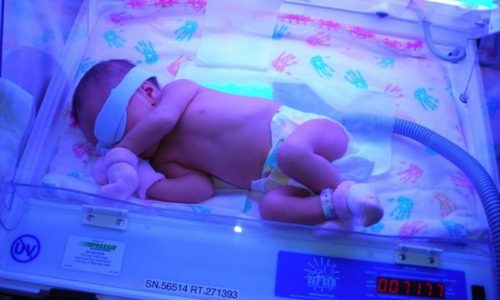
Treatment is necessary if the bilirubin in newborns by a blood test significantly exceeds threshold values.
Therapy of physiological jaundice is carried out using quartzization, which deprives bilirubin of toxic properties. The procedures are carried out in a special cuvette; safety glasses are put on the baby. Usually, after a few days the skin brightens, the baby’s health is completely normal. Side effects of such treatment are dryness and peeling of the skin of the child, unstable stool is possible.
Drug therapy is necessary if the norm of bilirubin in the newborn in the blood is exceeded and the dynamics of its concentration does not correspond to age-related indicators for days and months. Doctors will make every effort and take all necessary measures.
Neonatologists use infusions of therapeutic solutions to cleanse the body of toxins. Infusion therapy can be enriched with vitamin solutions and stimulants of the immune system, choleretic drugs.
Bilirubin in infants must be controlled, this must be known to every young mother. Physiological jaundice is a normal condition of the baby, pathological jaundice can be successfully cured. To maintain the health of the baby, treatment should be comprehensive and timely. Only in this case the child will grow up healthy.

